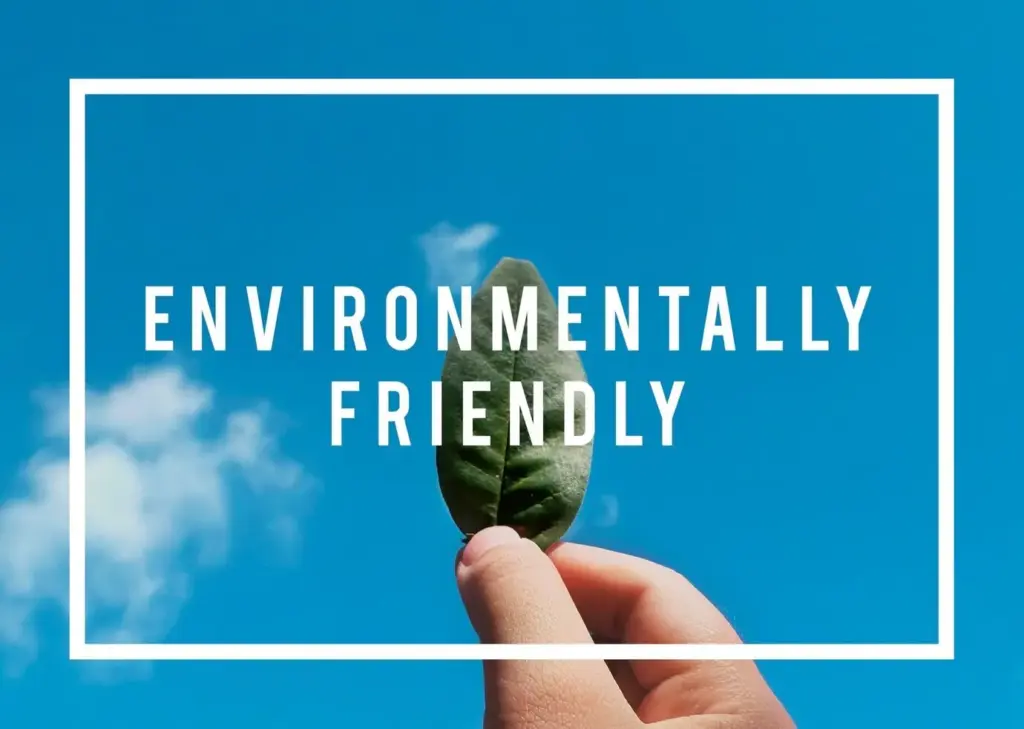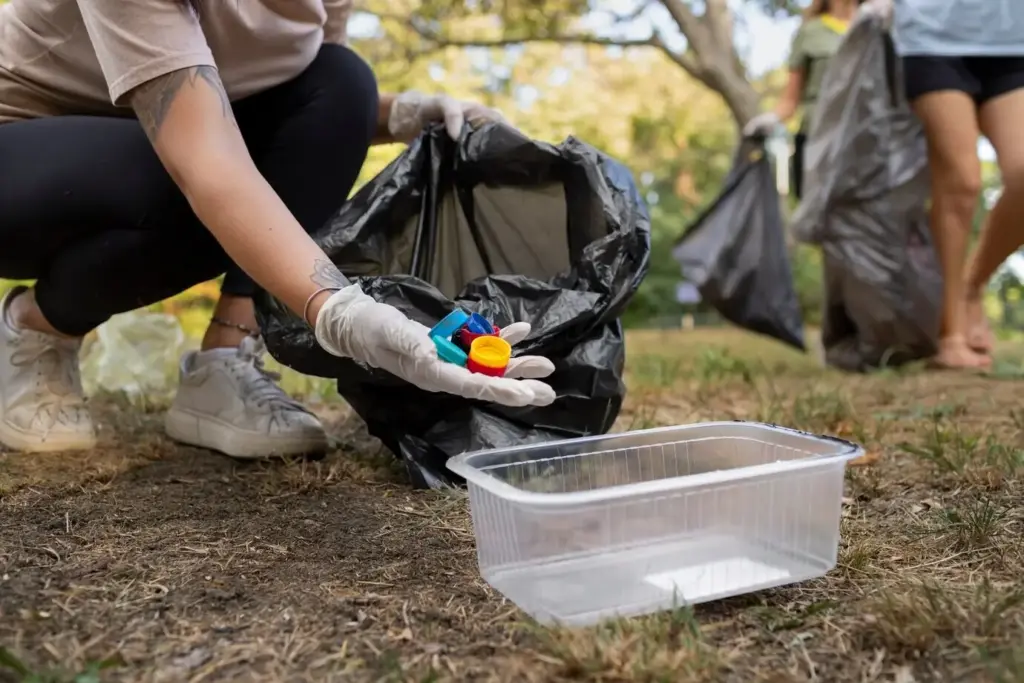Neighbors Growing Canopy, One Street at a Time
Why Neighbors Planting Trees Changes Cities

From Paperwork to Planting Day




Right Tree, Right Place, Lasting Care


Species That Thrive on Tough Blocks
Look for cultivars tolerant of deicing salt, reflected heat, and intermittent drought, such as disease-resistant elms, ginkgo males, zelkovas, or hackberries. Balance with native oaks or serviceberries where soil volume allows. Invite local foresters to review choices and prevent monocultures that concentrate risk across entire corridors.


Native, Adapted, and Diversity Goals
Aim for a generous mix that favors regionally native species while including well-adapted noninvasives for resilience. Diversity across genera reduces pest vulnerabilities and creates continuous forage. Publish your block palette online so newcomers match the vision and avoid impulsive buys that undermine long-term ecological goals.
Watering Schedules and Heat Waves
Mulch Done Right
People Power: Organizing and Inclusion

Tracking Results and Funding the Future


Citizen Science and Open Data
Use free apps to record species, condition, and watering notes, then export open datasets that neighbors, students, and planners can analyze. Host data walks that blend ecology lessons with mapping practice. Transparent numbers build trust, win grants, and uncover maintenance gaps before small issues become big losses.


Heat, Air, and Water Outcomes
Measure surface temperatures, particulate matter, and puddle duration before and after plantings to ground stories in evidence. Even small gains help inspire investment. Pair sensors with resident diaries that capture comfort, sound, and shade impressions, then share combined insights during council meetings and budget hearings for sustained support.